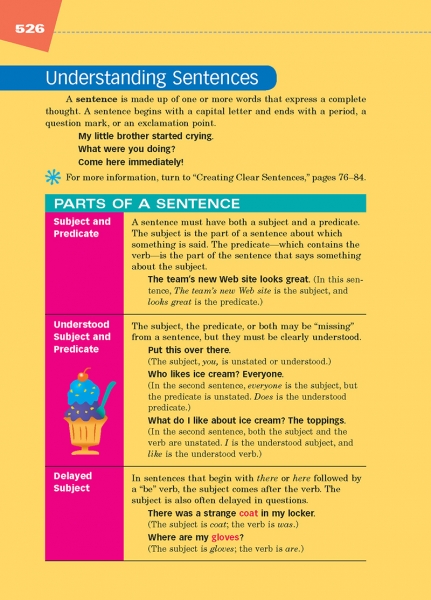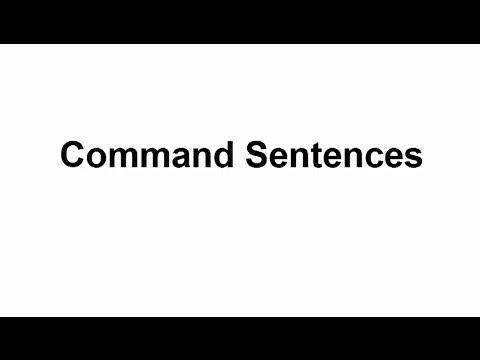
Start-Up Activity
Show students a picture of a box car alone on a track. Ask if it is a train. (Help students talk through the fact that it is really just a box car. It may be full of all kinds of great stuff, but the stuff can't go anywhere.)
Show students a picture of a locomotive alone on a track. Ask if it is a train. (Of course, it is a train engine, and it can go, but until it has something to pull, it really isn't a train.)
Show students a picture of a locomotive with a box car behind it. Ask if it is a train. (Yes. A very basic train, with some freight and an engine to pull it. Some trains have two or more freight cars and two or more engines.)
Now help students see that the box car is like the subject of the sentence. It's the stuff that the sentence is about—the freight the sentences is carrying. The engine is like the predicate of the sentence—the power that moves the train of thought. Just as you don't have a train until you have at least one freight car and one engine, you don't have a sentence until you have at least one subject and one predicate.
Think About It
“When the ideas are coming, I don't stop until the ideas stop because that train doesn't come along all the time.”
—Dr. Dre
